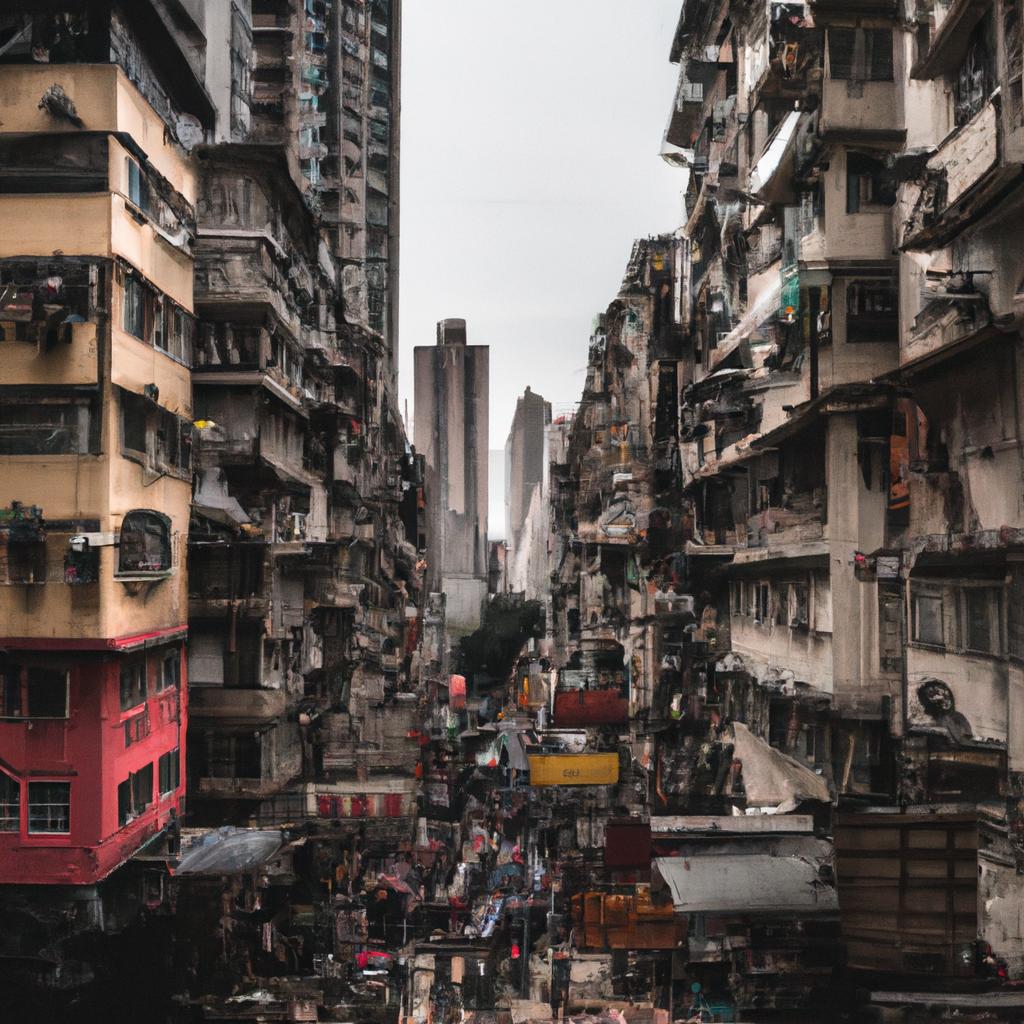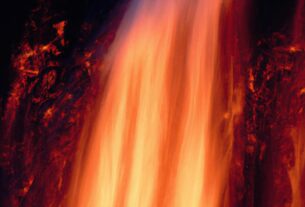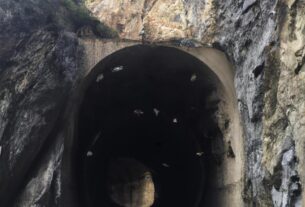Living in a densely populated area is a way of life for many, but have you ever considered what it would be like to live on an island with a high population density? In this article, we’ll dive into the world’s most densely populated islands, uncovering their unique characteristics, challenges, and opportunities. Join me in discovering the fascinating world of densely populated islands!
What are the Most Densely Populated Islands in the World?
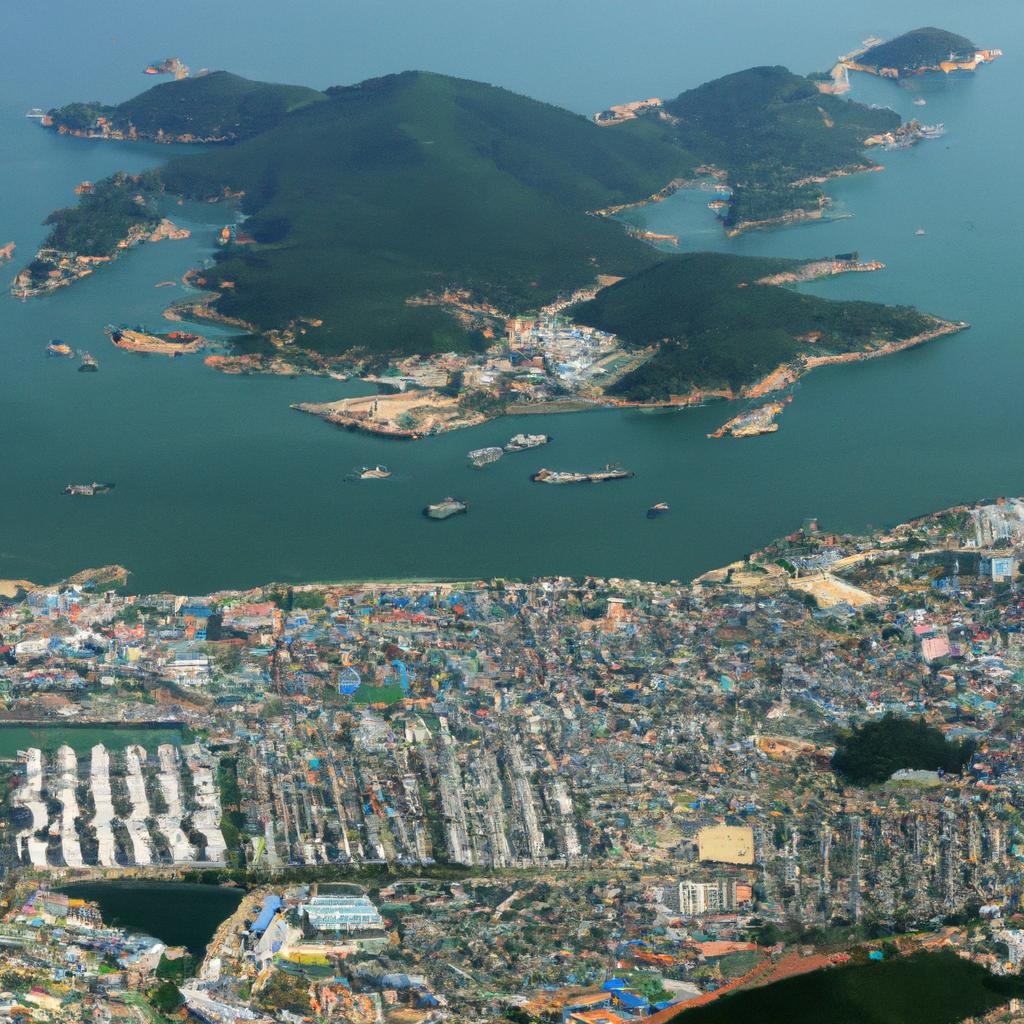
Top 5 most densely populated islands
-
Santa Cruz del Islote, Colombia – With a population of around 1,200 people on an island no larger than two soccer fields, Santa Cruz del Islote stands as one of the most densely populated islands globally. Despite its limited resources and lack of cars and hotels, the island boasts a vibrant culture and a close-knit community.
-
Majuli, India – Majuli, the world’s largest river island, accommodates over 150,000 residents on just 421 square kilometers of land. Floods and erosion pose significant challenges to the island, affecting access to basic services like healthcare and education.
-
Manhattan, United States – Though technically not an island, Manhattan is surrounded by water and boasts a population density of over 27,000 people per square kilometer. Its iconic skyscrapers and bustling city streets make it a symbol of urban density and ingenuity.
-
Hong Kong, China – With over 7 million residents living on a mere 1,104 square kilometers, Hong Kong ranks among the most densely populated cities worldwide. Despite limited space, the city thrives economically and possesses a rich cultural heritage.
-
Macau, China – Macau, another Chinese city renowned for its high population density, accommodates over 600,000 residents on just 32.9 square kilometers of land. Known for its vibrant nightlife, world-class casinos, and rich history, Macau maintains its allure despite the challenges of limited space.
How these islands compare to other densely populated areas in the world
Although these islands have high population densities, there are cities like Mumbai, Delhi, and Manila that rival or exceed their density. Nonetheless, the unique geography and culture of densely populated islands make them captivating case studies for urban planners and researchers.
Factors Contributing to Population Density on Islands
Living on an island offers a unique and rewarding experience, but it comes with its own set of challenges, especially regarding population density. Let’s explore the various factors that contribute to population density on islands.
Geographic Factors
The size and location of an island play a significant role in its population density. Small islands with limited land struggle to accommodate a growing population, resulting in overcrowding. Remote or isolated islands also face challenges in terms of transportation and access to resources.
Historical Factors
An island’s history can greatly impact its population density. Colonization by external powers and patterns of migration and settlement can cause significant demographic shifts. For instance, some Caribbean and Pacific islands served as ports for the slave trade, resulting in a complex mix of cultures and populations.
Economic and Social Factors
Job opportunities, quality of life, and economic stability are pivotal factors in population density on islands. Islands offering limited job prospects or a lower quality of life may experience population decline, while those with robust economies and high living standards attract more residents. Social and cultural elements like community ties and traditions also influence population density.
By examining these factors, we gain a deeper understanding of why some islands are more densely populated than others, though each island remains unique, influenced by various additional factors.
Challenges and Opportunities of Living on a Densely Populated Island

Living on a densely populated island presents challenges, particularly overcrowding and limited resources. High population densities can lead to housing shortages, food scarcity, and inadequate access to clean water, potentially causing competition and conflicts among residents.
On the other hand, living on a densely populated island also offers opportunities. Cultural richness and community spirit often flourish in such environments. With people living in close proximity, cultural exchange and the formation of tight-knit communities thrive.
Sustainability and environmental impact are crucial considerations for densely populated islands. Prioritizing sustainable practices and minimizing the negative environmental effects of high population density is vital. Green infrastructure implementation, renewable energy promotion, and waste reduction are among the strategies employed.
Overall, living on a densely populated island is both challenging and rewarding. Achieving a delicate balance between resource management, community development, sustainability, and environmental stewardship is essential. By learning from the successes and challenges of densely populated islands, we can create more equitable and sustainable communities globally.
Solutions for Managing Population Density on Islands
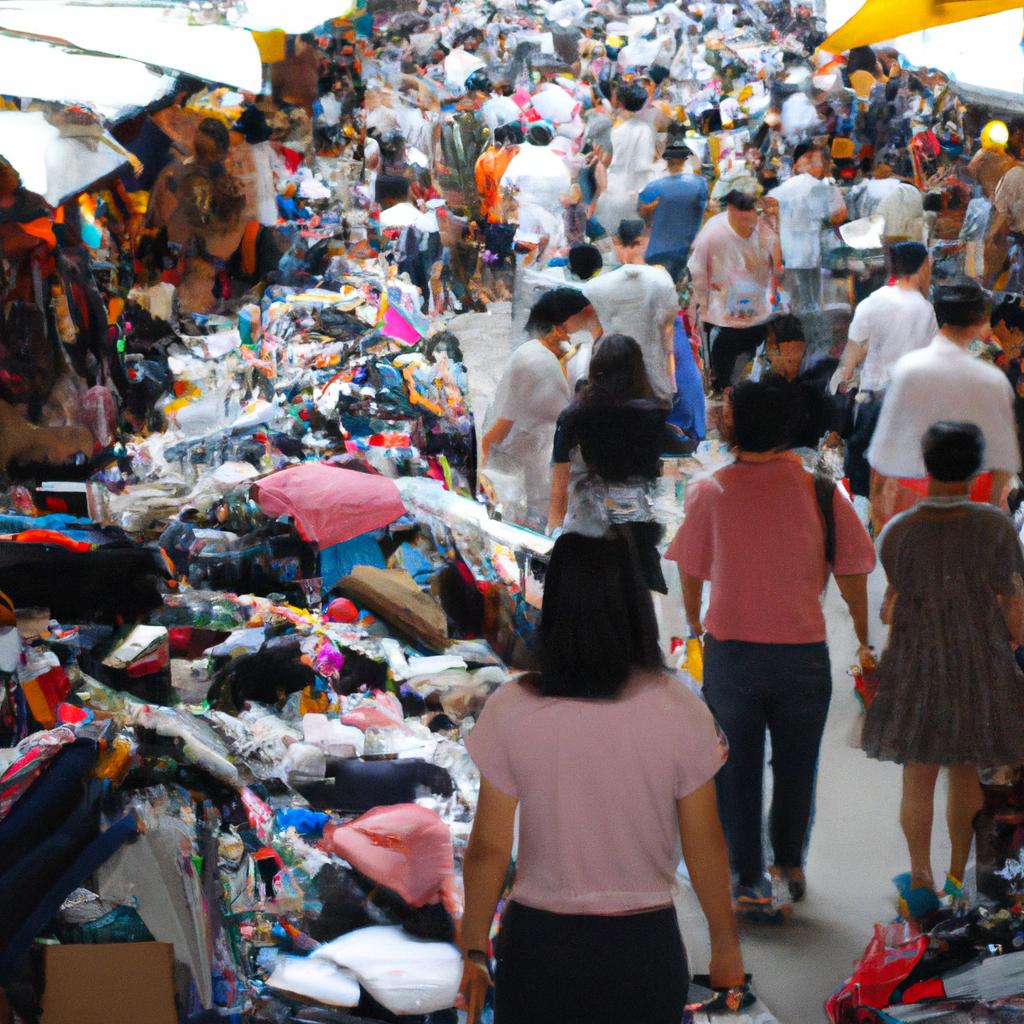
While living on a densely populated island presents numerous challenges, there are effective solutions for managing population density. Let’s explore some solutions implemented on densely populated islands worldwide:
Government Policies and Initiatives
Governments play a pivotal role in managing population density through policies such as birth control programs, immigration regulations, and zoning laws. Encouraging businesses to relocate to less densely populated areas can help balance the population. Some governments have even initiated programs like financial incentives and job opportunities to encourage people to move from densely populated areas to less crowded regions.
Sustainable Urban Planning and Infrastructure Development
Sustainable urban planning and infrastructure development can alleviate population density pressure by creating more livable spaces and reducing resource strain. Initiatives can include building green spaces, implementing public transportation systems, and constructing energy-efficient buildings. Densely populated islands have also embraced innovative solutions like vertical farming for food production in limited spaces, alongside the development of renewable energy sources to mitigate environmental impacts.
Community Involvement and Empowerment
Community involvement and empowerment are crucial for managing population density on islands. Encouraging community gardens, volunteer programs, and local decision-making processes can foster a sense of ownership and shared responsibility. Communities can work together to develop sustainable resource management solutions. For example, communities in Mauritius have implemented rainwater harvesting during droughts to conserve water resources.
By implementing these solutions and embracing others, densely populated islands can create more livable and sustainable communities.
Conclusion
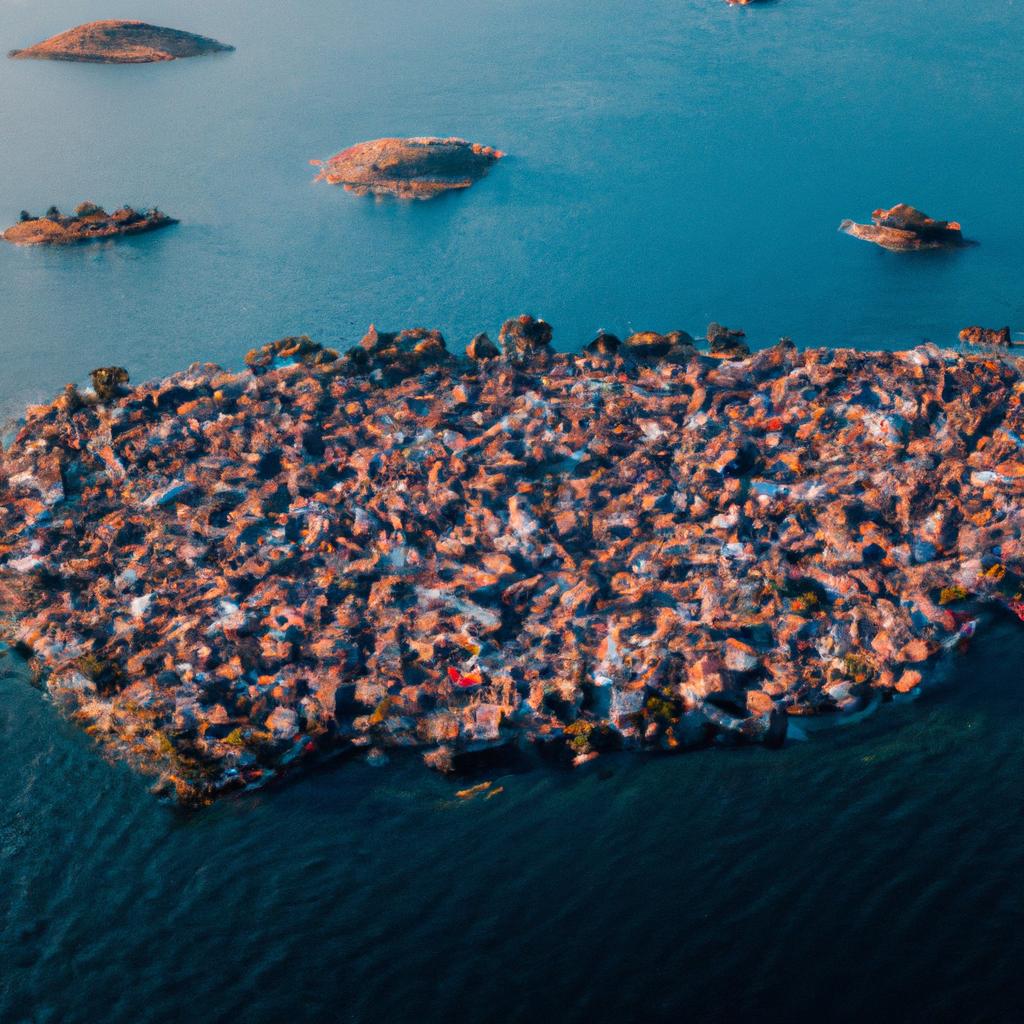
Exploring the world’s most densely populated islands has revealed the unique challenges and opportunities associated with living in such environments. From the towering skyscrapers of Hong Kong to the lush tropical paradise of Santa Cruz del Islote, these islands showcase human ingenuity and resilience.
As we continue developing our communities, we must prioritize sustainability and quality of life. By studying the successes and failures of densely populated islands, we gain valuable insights to apply in our own communities.
At TooLacks, we’re committed to providing you with the latest news and insights on nature, gardening, and animals. As we explore the world around us, we hope to inspire you to take action and make a positive impact in your own community. Visit TooLacks here.
